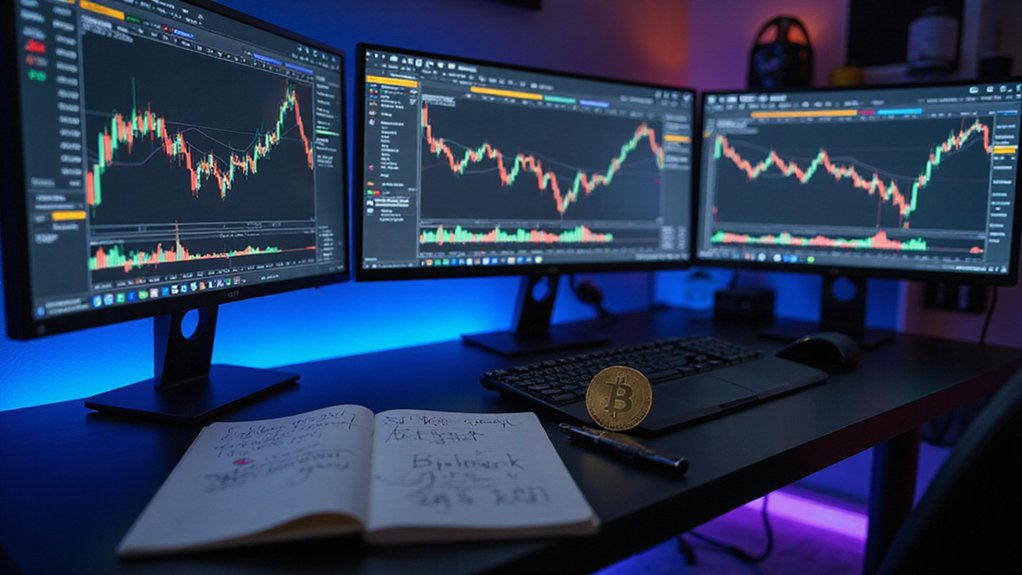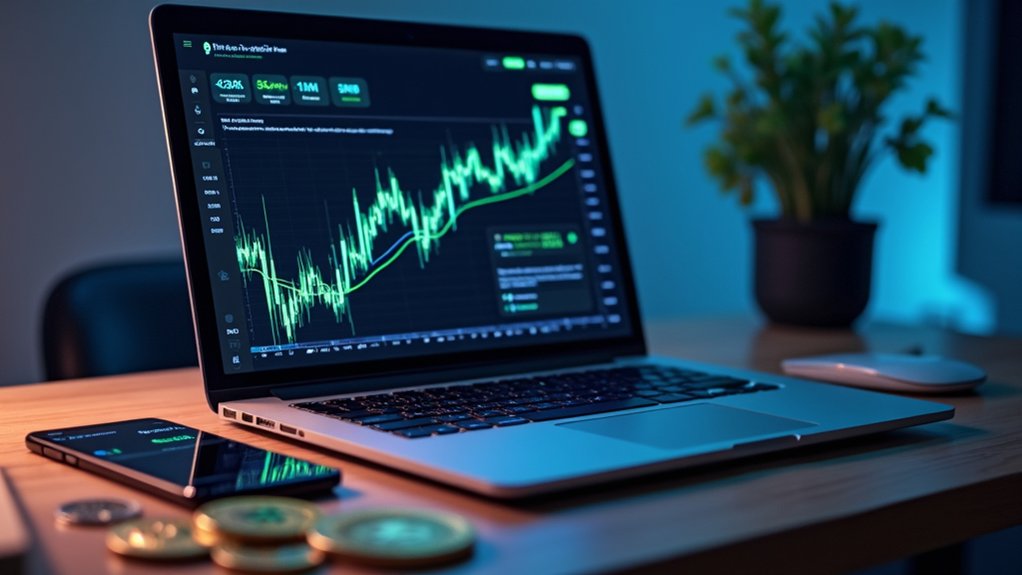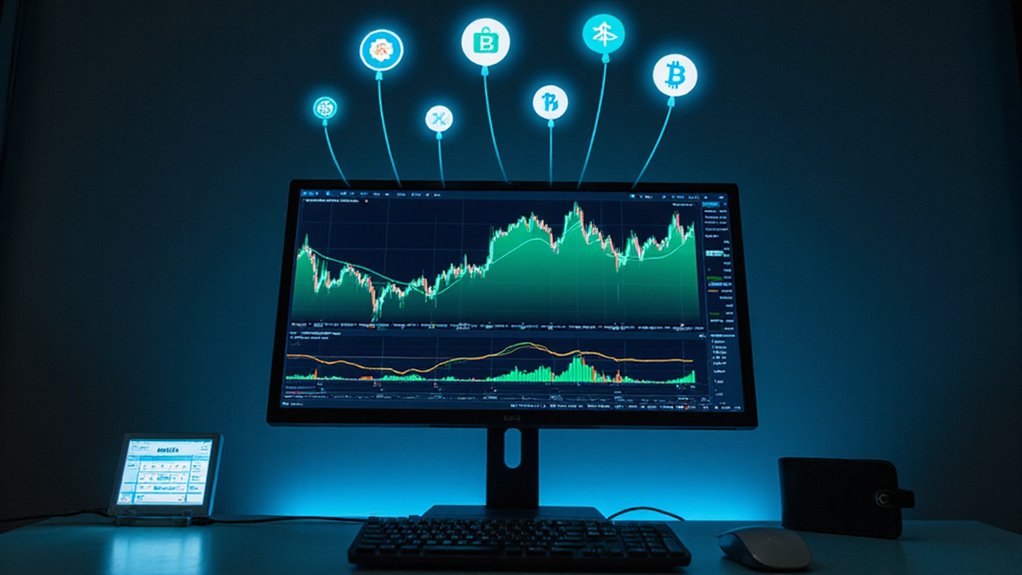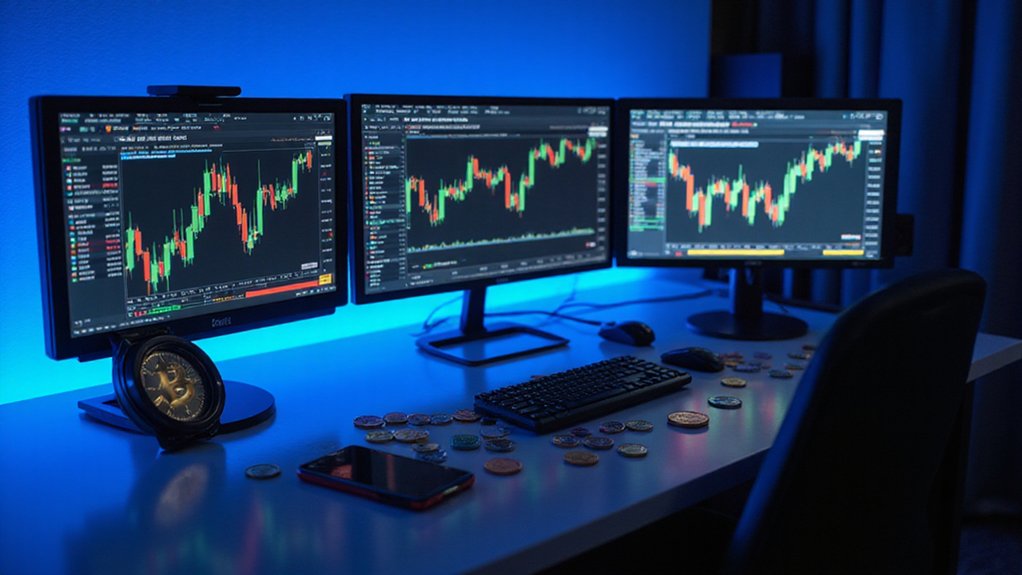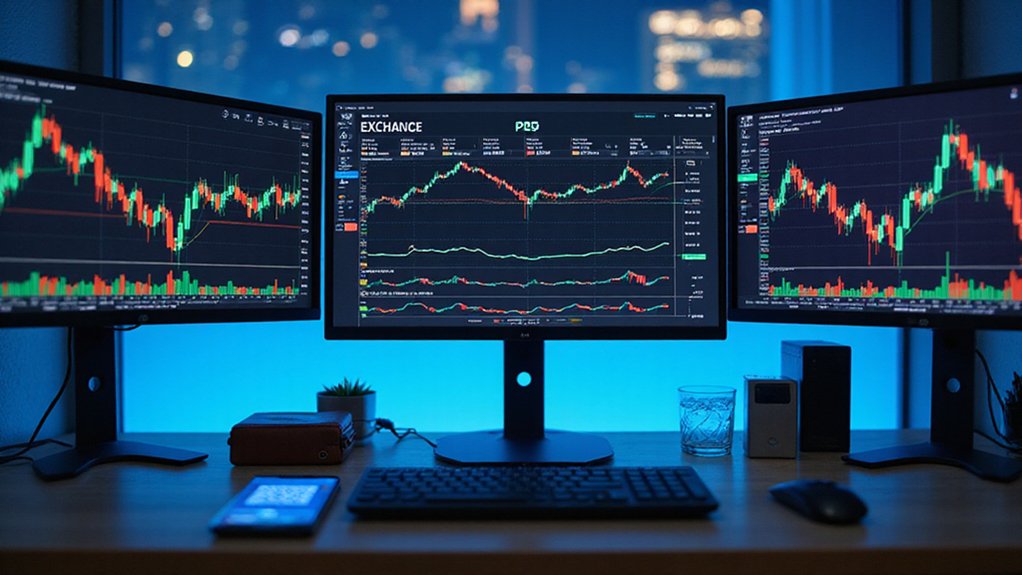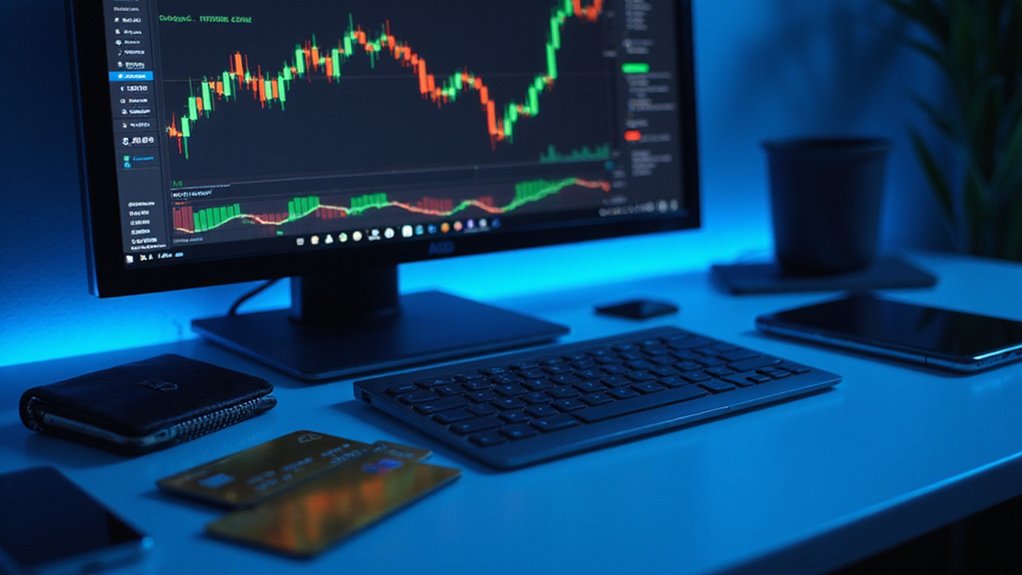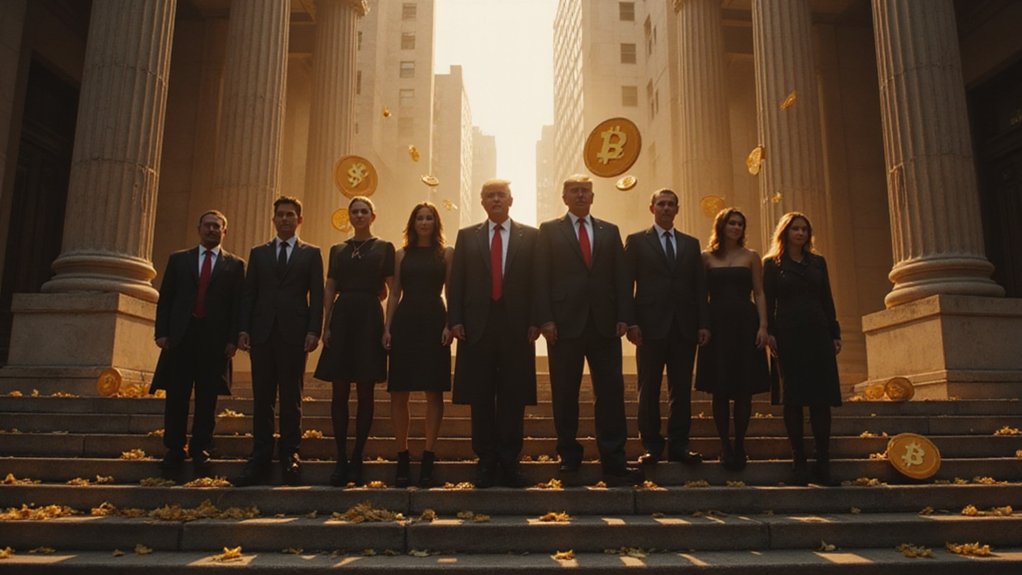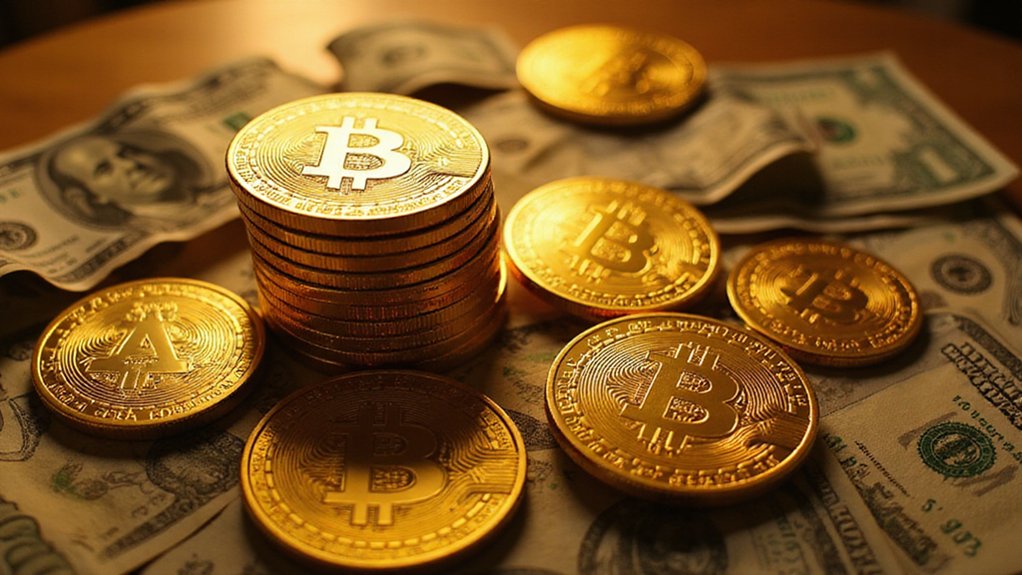Binance Exchange offers beginners a structured entry into cryptocurrency trading through its tiered interface design. Newcomers navigate from simple Convert features to advanced Futures trading as their expertise grows. The platform buttresses this progression with robust security protocols—two-factor authentication and IP whitelisting—while its educational resources transform financial neophytes into market participants. Risk management tools, including stop-loss orders, protect users from market volatility (a lesson many learn only after watching their portfolio evaporate overnight). The journey from curious onlooker to sophisticated trader awaits those ready for the challenge.
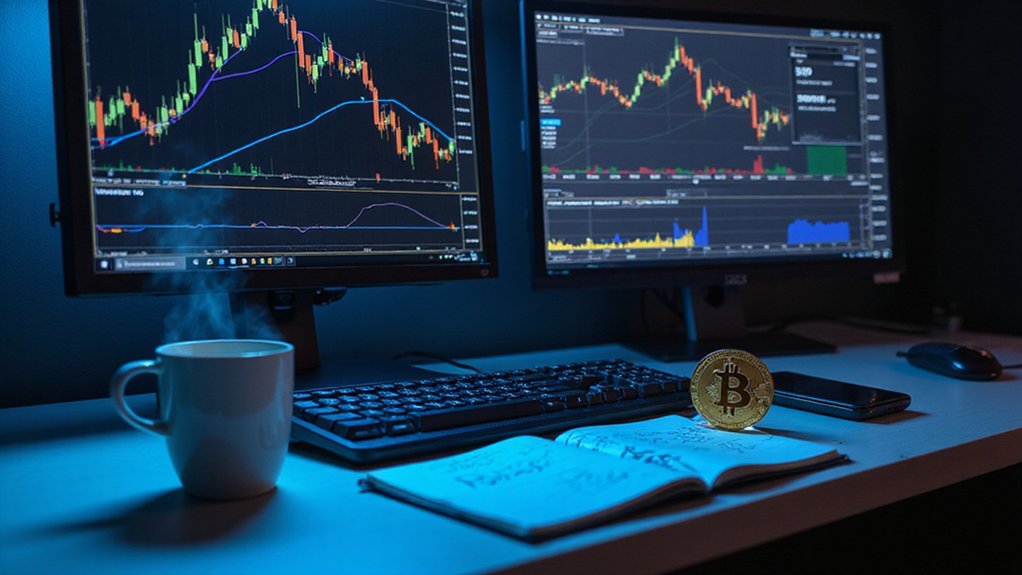
The labyrinthine world of cryptocurrency exchanges—with their idiosyncratic interfaces and seemingly arcane terminology—has long presented a formidable barrier to entry for the uninitiated.
Binance, despite its dominance in the crypto ecosystem, offers newcomers a remarkably navigable path through this complexity.
Neophytes commence their journey with a straightforward account creation process, followed by the requisite verification procedures that, while occasionally tedious, serve as essential gatekeepers ensuring regulatory compliance.
Once established within the platform’s architecture, users encounter multiple trading interfaces calibrated to different experience levels.
Binance’s stratified interfaces gracefully accompany users from initial curiosity to sophisticated trading mastery.
The “Convert” feature—Binance’s nod to simplicity—allows for frictionless asset swapping without the cognitive load of advanced order types.
As traders develop confidence, they typically graduate to the Spot Trading interface, where the full spectrum of market and limit orders becomes available.
Here, one witnesses the curious alchemy of crypto trading in its natural habitat.
Risk management emerges as the differentiating factor between the ephemeral trader and the enduring participant.
The implementation of two-factor authentication and IP whitelisting (curious how such technical safeguards have become commonplace in an industry barely a decade old) provides the foundation for account security.
Meanwhile, judicious application of stop-loss orders can prevent the evaporation of capital during market volatility—a phenomenon as predictable in crypto as unpredictable in its timing.
Notably, Binance.US users should remain vigilant about deposit address updates as the platform continues implementing changes across over 30 blockchain networks since May 2025.
For the adventurous, Binance Futures offers leveraged trading, where positions are amplified through borrowed capital.
This domain—where fortunes materialize and dissolve with algorithmic indifference—demands sophisticated technical analysis and unwavering emotional discipline.
Traders armed with charts, indicators, and market intelligence engage in a perpetual contest against market efficiency.
Throughout this educational odyssey, Binance Academy provides pedagogical resources tailored to various proficiency levels.
The platform’s ecosystem therefore facilitates not merely transactions but intellectual development—transforming bewildered novices into informed participants in a financial revolution that continues to unfold with remarkable velocity and unpredictable trajectories.
Frequently Asked Questions
How Do I Report Suspicious Activity on Binance?
Users can report suspicious activity on Binance through multiple channels.
From transaction details, one can click the “Report Scam” button to access the Case Report Form.
On the P2P platform, reporting is available via the chatbox or directly from merchant profiles.
Essential information to include: transaction numbers, detailed descriptions of suspicious behavior, and involved parties.
While Binance investigates these reports, parallel reporting to local authorities remains advisable—regulatory compliance being, after all, a shared responsibility.
Can I Recover Funds Sent to the Wrong Address?
Recovery of funds sent to incorrect addresses presents a sobering challenge in crypto.
While transactions to invalid addresses may leave funds retrievable, confirmed transfers are nearly immutable.
Options include contacting recipients (if identifiable), utilizing cross-chain bridges for network incompatibilities, or seeking exchange support—though success rates vary considerably.
Recovery services exist but charge substantial fees.
The unfortunate reality? Prevention remains exponentially more effective than attempting to unscramble the proverbial blockchain egg after the fact.
What Happens to My Account if Binance Is Banned Locally?
If Binance faces a local ban, users can expect a cascade of account restrictions—from trading limitations to complete access blockage.
Funds typically remain retrievable (though the process may test one’s patience) through withdrawal procedures, but new deposits and trading become impossible.
Binance’s compliance machinery activates swiftly: IP detection, KYC verification, and suspicious activity monitoring identify affected accounts.
Users attempting to circumvent restrictions via VPNs risk permanent bans—and with them, potential asset forfeiture.
How Do Binance’s Fees Compare to Other Major Exchanges?
Binance consistently outperforms competitors in the fee department.
Their 0.1% base spot trading fee undercuts Coinbase’s steep 0.4%/0.6% maker/taker structure, while matching Bybit’s flat rate.
The exchange further distinguishes itself through substantial BNB payment discounts, no-fee cryptocurrency conversions, and volume-based VIP reductions.
This fee efficiency—coupled with high liquidity and minimal market impact—explains why serious traders gravitate toward Binance despite the occasional regulatory hiccup in certain jurisdictions.
Is Staking on Binance Safe During Market Downturns?
Staking on Binance maintains relative safety during market downturns through its SAFU fund and robust security protocols, though the underlying value of staked assets remains subject to market volatility (an immutable reality of crypto markets).
Investors might mitigate downturn risks by diversifying staked assets, adjusting lock-up periods, and regularly reassessing their risk tolerance.
While Binance’s infrastructure offers protection against platform-specific hazards, it cannot, predictably, shield users from the broader market’s capricious movements.
